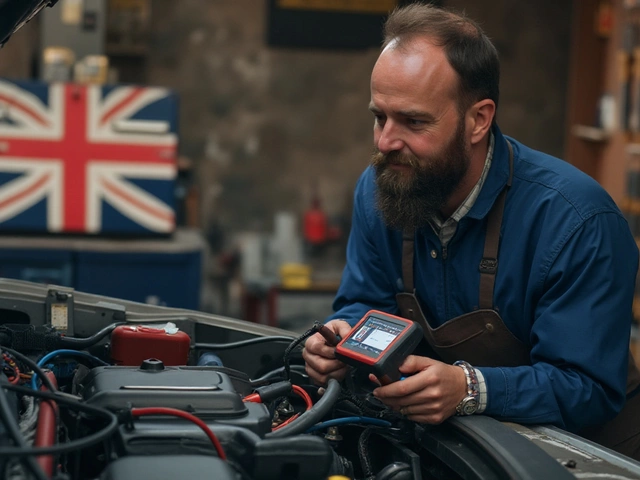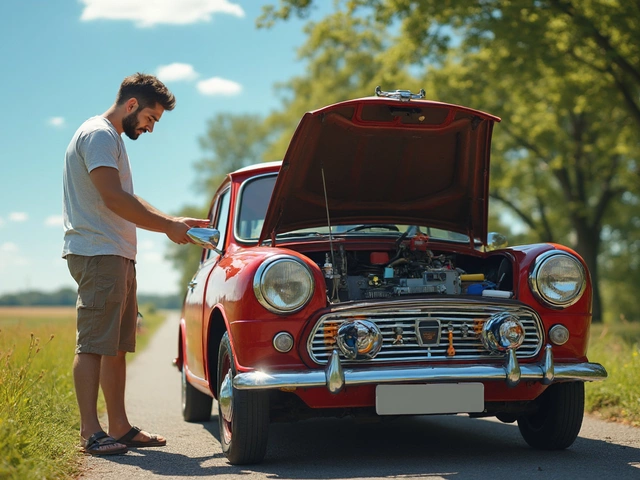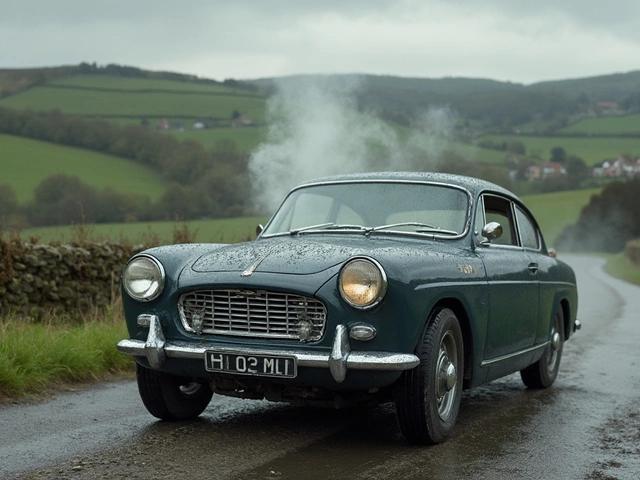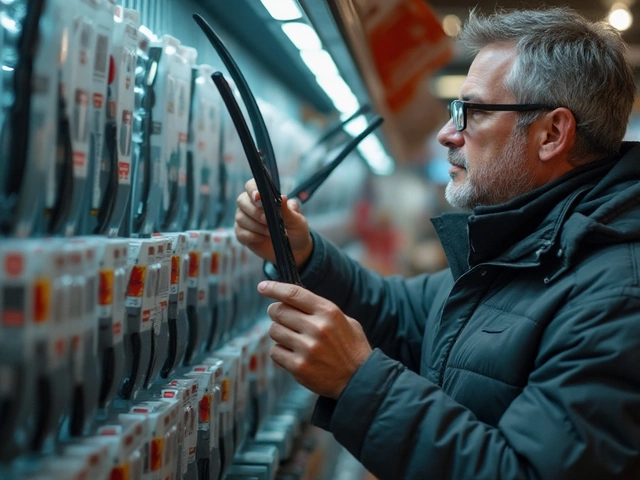Clutch slipping every time you hit the gas? Swapping it out can hit your wallet hard if you don’t know what you’re getting into. These days, nobody likes surprise repair bills, especially for something as important as the clutch. So how much can you expect to pay for a new clutch in 2025, and why does the price jump so much from one car to another?
First thing to know: the clutch isn’t just a single part. A full clutch kit comes with the clutch disc, pressure plate, release bearing, and sometimes a flywheel. Labor can be brutal—most shops need three to six hours, sometimes more, just to get at the clutch. The type of car you drive, whether it’s a little Honda Civic or a chunky Ford F-150, will seriously change what you’re charged. It’s not just about the parts. Location, shop rates, and even how rare your model is all pile onto that bottom line.
- What Drives the Price of a New Clutch?
- Typical Clutch Replacement Costs in 2025
- Ways to Save on Your Next Clutch Job
- Watch Out for These Warning Signs
What Drives the Price of a New Clutch?
If you’ve ever wondered why your clutch job quote can swing from $700 to well over $2,000, you’re not alone. Several things come together to figure out what you’ll actually pay. Here’s what pushes that number up or down:
- Car Make and Model: A clutch for a basic Toyota Corolla is way cheaper than one for a performance car or a pickup. European brands (like BMW or Volkswagen) often require pricier parts and more hours of labor.
- Labor Costs: Shops bill by the hour. If your transmission is tough to access—which is true for many 4WDs and some sports cars—labor hours go up fast.
- Part Quality: There are budget kits, OEM parts (what the carmaker uses), and even heavy-duty options for towing or racing. Higher quality equals higher price, but they can last longer.
- Location: City or busy metro areas charge more for labor. Smaller towns are usually a bit cheaper.
- Flywheel Damage: Not every new clutch needs a flywheel, but if yours is cracked or scorched, add a few hundred bucks to the bill.
- Extra Fees: Shops may add on for extra fluids, broken bolts, or replacing hydraulic parts like the slave cylinder.
Just to lay it out, here’s a quick look at what drives cost differences for a new clutch cost:
| Factor | Effect on Cost | Example |
|---|---|---|
| Vehicle Type | Biggest price swings | Honda Civic ($750) vs. Ford Super Duty ($1,900+) |
| Labor Time | More hours = higher bill | AWD Subaru: 7+ hours vs. Mazda Miata: 3 hours |
| Parts Selection | OEM/premium costs more | Aftermarket kit ($300) vs. dealer kit ($900) |
| Location | Shop rates vary | Rural shop: $90/hr vs. big city: $180/hr |
| Flywheel Replacement | Adds cost if needed | New flywheel: $200–$400 extra |
Aim to call a couple of shops for quotes, and ask what’s included. Some only quote the labor, so your "good deal" might not include the parts or extra repairs you’ll need. If you want more mileage out of your clutch, higher quality kits pay off—and you’ll dodge repeat repairs in the near future.
Typical Clutch Replacement Costs in 2025
Sticker shock is pretty common when you first price out a clutch replacement. But here’s what you can really expect: in 2025, the national average for a new clutch cost (including parts and labor) usually falls between $850 and $1,600. That’s for regular cars. If you’ve got a specialty ride or a heavy-duty truck, you might see bills climbing to $2,000—or more.
Let’s break it down. Parts alone for a basic commuter car might run you $300 to $500 for a decent-quality clutch kit. Labor tends to be the real killer. Most shops charge between $80 and $175 per hour, and because clutch jobs take anywhere from 3 to 7 hours, the labor portion can hit $400 to $1,200.
| Vehicle Type | Parts ($) | Labor ($) | Total Cost ($) |
|---|---|---|---|
| Compact Car | 300-500 | 400-800 | 700-1,300 |
| Mid-Size Sedan | 350-600 | 500-900 | 850-1,500 |
| Pickup Truck/SUV | 400-800 | 600-1,200 | 1,100-2,000 |
If you drive something unusual, like a Mini Cooper, a BMW, or an all-wheel-drive Subaru, you’ll probably see higher costs. These can take longer because of tricky layouts or tight engine bays.
Dealerships usually charge the most, while independent local mechanics offer better rates—sometimes up to 30% less. But double-check that the shop has experience with your car’s clutch and uses a warranty-backed kit. No one likes paying for the same job twice if the parts fail. If your car uses a dual-mass flywheel, replacing that can add $400 to $1,000 to your total, depending on what you drive.
Bottom line: budget at least $900 if you want a shop to do all the work and use quality parts. If a shop quotes under $700, ask what’s included and make sure they’re swapping out all the right stuff—not just slapping in a disc and calling it a day. That’s a quick way to end up back in the waiting room.
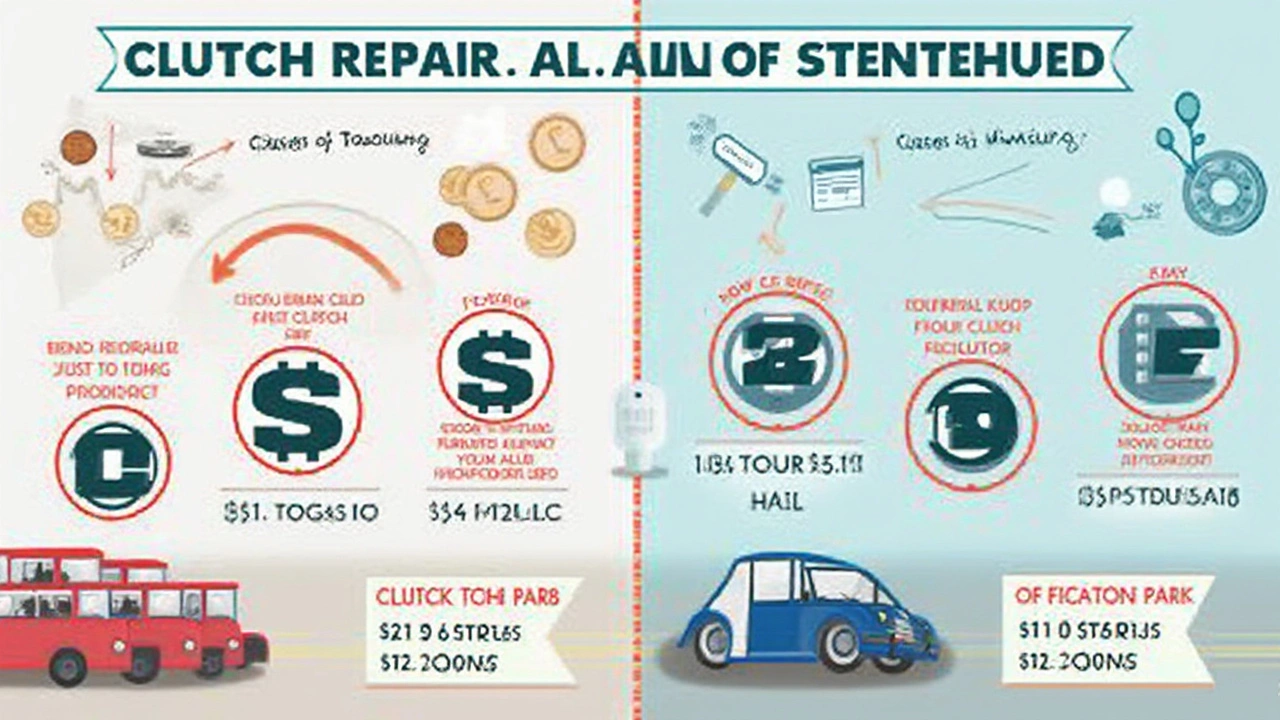
Ways to Save on Your Next Clutch Job
Let’s be real, nobody wants to drop a month’s rent on a new clutch cost. Good news? You’ve got options before you open your wallet. Here’s how to keep some cash in your pocket without getting burned.
First up: always get a second opinion. Prices for the exact same job can swing hundreds of bucks depending on the shop. It’s not just urban legend—shops use different suppliers, and labor costs can double if you’re in a big city versus a small town. Here’s a clear snapshot of what you might see if you compare:
| Location | Labor (average) | Parts (average) | Total Estimate |
|---|---|---|---|
| Urban area | $700 | $450 | $1,150 |
| Small town | $400 | $350 | $750 |
If you want to trim the bill even more, buy the clutch kit yourself. Many local auto parts stores and sites like RockAuto or AutoZone offer regular deals. Shops sometimes put a markup on parts, but if you bring your own kit, you just pay for labor. Call ahead—some mechanics refuse outside parts for warranty reasons, but most independent shops are cool with just the labor job.
Ever thought about DIY clutch replacement? Honestly, it’s no beginner job—lots of heavy lifting, you’ll need a jack and some specialized tools. But if you’ve done brakes or any engine work, it’s worth considering. Tons of step-by-step videos on YouTube make things way easier than they used to be. Doing it yourself can cut costs from $1,000+ down to $300–$500—just price out a quality kit and make sure you really know what you’re in for before tearing things apart.
- Ask your mechanic if you need a new flywheel; sometimes the old one just needs resurfacing, which is much cheaper than a new part.
- Bundle repairs. If you need a clutch and you know the rear main seal likes to leak on your model, fix both at once so you don’t pay for labor twice.
- Look for warranty offers. Some bigger shops and chains provide a 12-month or even 24-month warranty on both parts and labor if they supply everything.
One last thing: don’t fall for the super-lowball quote. If it sounds too cheap, it usually is. Shady operators cut corners on parts or rush the job, and you wind up back in the shop a few months later. Quality work saves more money long-term than any quick fix. Stick to shops with good reviews—and remember, checking off these tips keeps the repair from blowing up your budget.
Watch Out for These Warning Signs
You never want to find out you need a new clutch when you're stranded at a stoplight. Luckily, clutches rarely die out of nowhere—they give you warnings. Catch these early, and you’ll probably save cash and avoid getting stuck on the shoulder.
Here’s what you really need to look—and listen—for:
- Slipping clutch: If you notice your engine revs climb but your car barely speeds up, your clutch could be slipping. This usually means it’s worn down and not gripping the flywheel right. A slipping clutch is the biggest sign the clutch kit is on its way out.
- Hard or spongy pedal: If the clutch pedal feels way too stiff or squishy, or it sticks to the floor, something is up. This might point to a bad release bearing or other worn-out parts.
- Weird noises: Grinding, squeaking, or rattling when you press the clutch pedal means you’re due for an inspection. Sounds often come from the throw-out bearing or pressure plate giving up.
- Shifting trouble: If shifting gears feels rough or you can’t get into gear without effort (or a crunching sound), your clutch may not be disengaging completely.
- Burning smell: A hot, burning odor after lots of stop-and-go or clutch use? That’s usually overheated friction material, not something you want to ignore.
According to a 2024 survey of independent repair shops, about 60% of clutch replacements happen because drivers ignored these early signs. Here’s a quick look at how often certain symptoms show up before a clutch totally fails:
| Warning Sign | % Seen Before Clutch Failure |
|---|---|
| Slipping Clutch | 78% |
| Noisy Operation | 63% |
| Hard/Shifting Issues | 56% |
| Burning Smell | 39% |
| Pedal Problems | 31% |
Bottom line: don’t ignore these hints. The sooner you tackle a weak clutch, the cheaper (and less stressful) the fix. Waiting until the clutch totally fails often means extra costs, like a damaged flywheel or broken gearbox parts.


